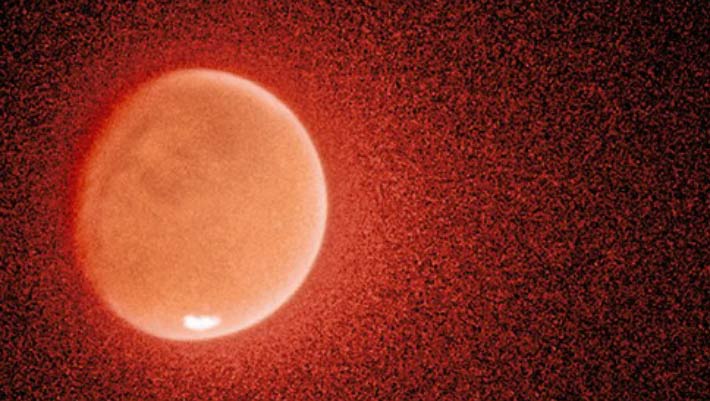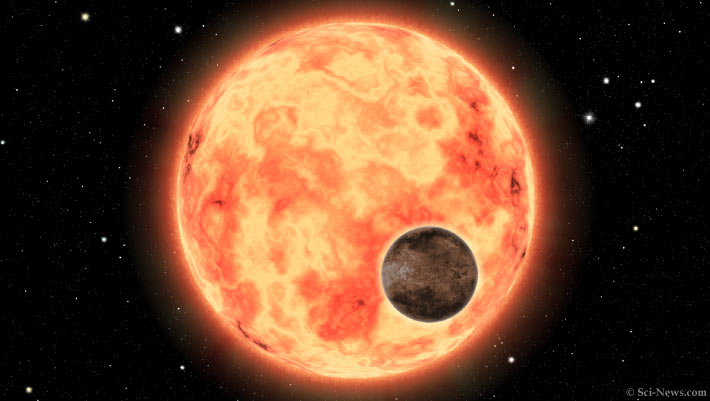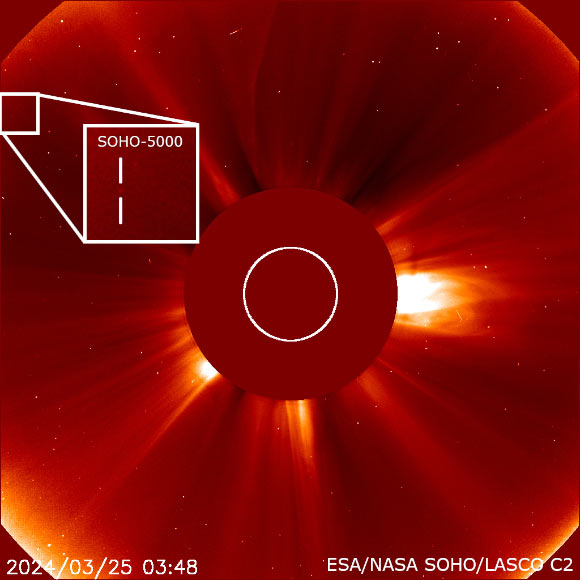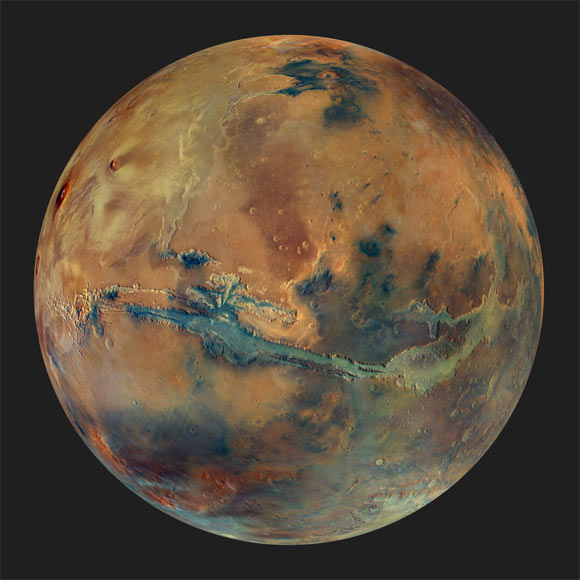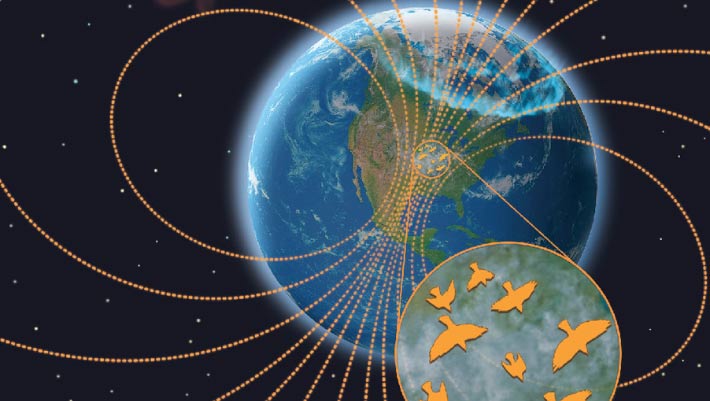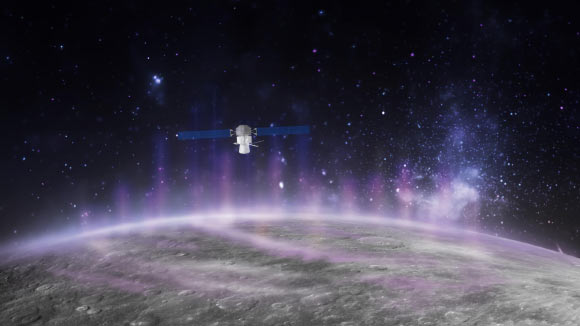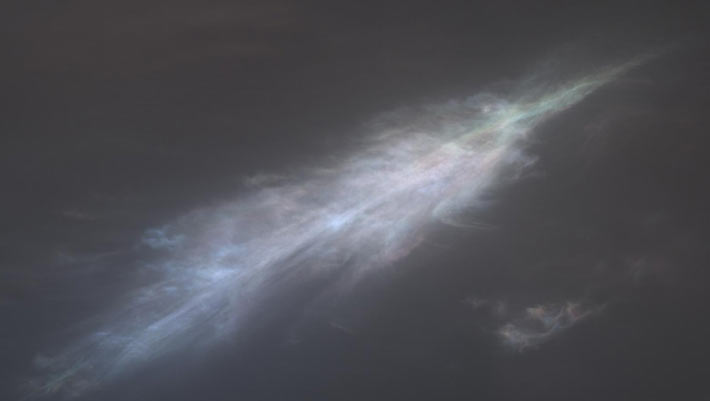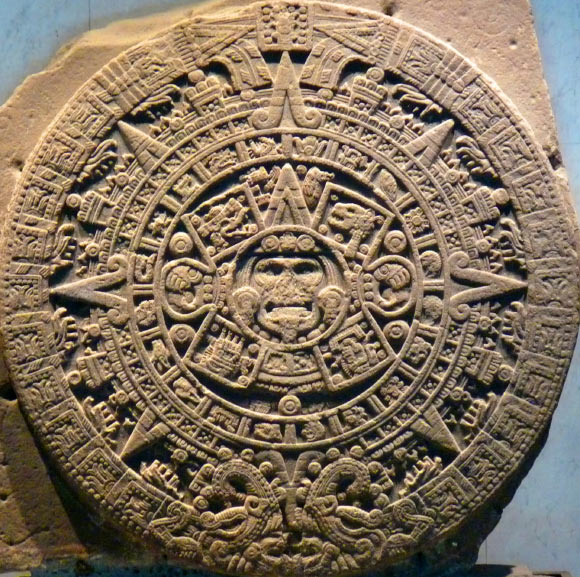MAVEN and Hubble Observations Shed New Light on Mars’ Water History
Mars’ water history is fundamental to understanding an evolution of Earth-like planets. Water escapes to space as atoms, and hydrogen (H) atoms escape faster than deuterium (D) — which is…


